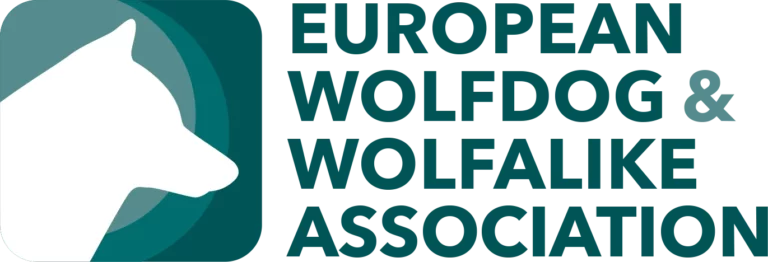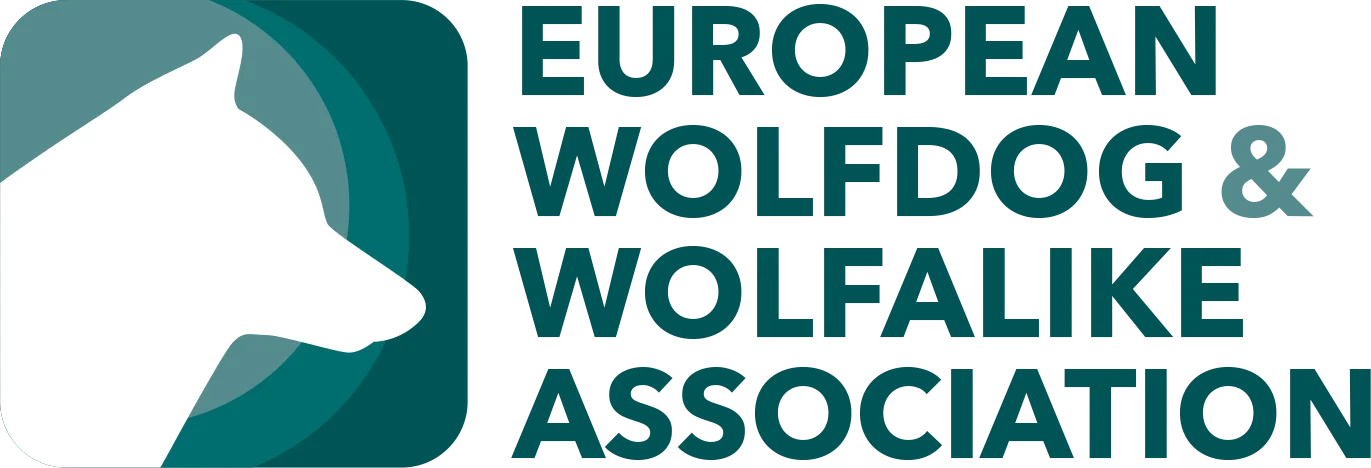Okulo-Skeletale-Dysplasie
What is OSD3?
OSD3 stands for oculoskeletal dysplasia and refers to a genetic hereditary disease.
It is a malformation of both the eyes (‘oculus’ is Latin for ‘eye’) and the skeleton.
The 3 stands for the third known variant: very similar diseases are also known to affect Labradors and Samoyeds.
In 2012, OSD3 was observed for the first time in the Northern Inuit; to date, only cases within the Northern Inuit are known.
Thanks to the Animal Health Trust, the mutation has been known since 2017, enabling the development of a genetic test.
What symptoms does OSD3 show?
Affected dogs have various skeletal abnormalities, the most noticeable of which is dwarfism (shortened limbs).
In addition, the retina, the light-sensitive membrane at the back of the eye, is malformed.
This not only leads to visual impairment, but can also cause cataracts or detachment of the retina.
In some places, OSD is therefore also referred to as retinal dysplasia – but it usually refers to the same thing.
What are the consequences of OSD3 for dog and owner?
Because the number of affected dogs is low, little is known about the long-term effects or effects beyond the symptoms of this disease.
However, it is known that many dogs go blind and develop severe joint problems.
What dogs have to be tested?
According to the EWA breeding rules, all dogs that have Northern Inuit in their pedigree must be tested for OSD3 or prove that they are clear through their parents.
How and when can you test for OSD3?
OSD3 is tested by means of a DNA test (sequencing).
Carriers can only be distinguished from free dogs by means of such a DNA test.
Currently, OSD3 can only be tested by Laboklin, not by Embark. (As of December 2024)
What are the possible test results?
C/C – clear
C/T – healthy carrier
T/T – affected
How is OSD3 inherited?
OSD3 is inherited in an autosomal recessive manner, which means that two carriers can produce affected animals.
Therefore, matings of two C/T animals are prohibited.

